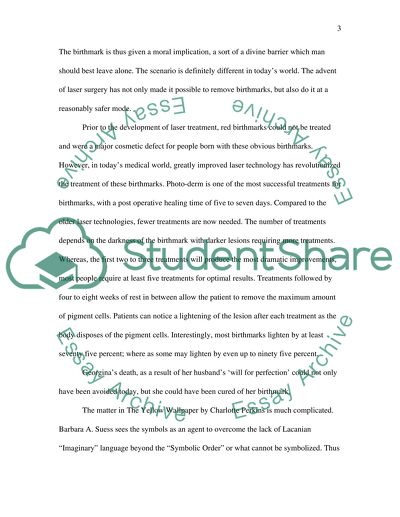Cite this document
(“Now and Then: A case study of 19th century literature and medicine Essay”, n.d.)
Now and Then: A case study of 19th century literature and medicine Essay. Retrieved from https://studentshare.org/miscellaneous/1501960-now-and-then-a-case-study-of-19th-century-literature-and-medicine
Now and Then: A case study of 19th century literature and medicine Essay. Retrieved from https://studentshare.org/miscellaneous/1501960-now-and-then-a-case-study-of-19th-century-literature-and-medicine
(Now and Then: A Case Study of 19th Century Literature and Medicine Essay)
Now and Then: A Case Study of 19th Century Literature and Medicine Essay. https://studentshare.org/miscellaneous/1501960-now-and-then-a-case-study-of-19th-century-literature-and-medicine.
Now and Then: A Case Study of 19th Century Literature and Medicine Essay. https://studentshare.org/miscellaneous/1501960-now-and-then-a-case-study-of-19th-century-literature-and-medicine.
“Now and Then: A Case Study of 19th Century Literature and Medicine Essay”, n.d. https://studentshare.org/miscellaneous/1501960-now-and-then-a-case-study-of-19th-century-literature-and-medicine.


